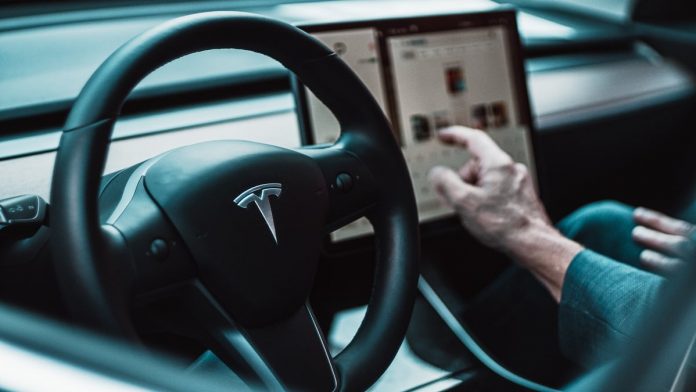The U.S. government recently exempted automated vehicles (AVs) from some crash standards. The main reason is to cut production costs, promote faster deployment, and amplify mass-adoption. Based on an estimated production of 5.8 million vehicles, the National Highway Traffic Safety Administration (NHTSA) estimates, AV manufacturers would save up to $5.8 billion in the year 2050, i.e., $995 per vehicle.
Previously, the test procedures for AVs were similar to conventional vehicles — the same 80+ tests. Now, the relaxed norms include eliminating the driver’s seat of self-driving vehicles. There will be no crashworthiness standards for automated delivery vehicles as they will never have a human occupant inside of them. These vehicles would still be tested for pedestrian safety and safety-assist systems, but they would no longer need airbags, seat belts, and seats.
For shared passenger-carrying AVs, all front-faced seating positions will now be considered “front outboard passenger seats.” These seats will be subject to traditional regulations, including the placement of advanced airbags. AVs will no longer have a defined driver’s seat, but a child could sit in the front left seat. A vehicle that would permit this, there would be ways to deactivate the baby seat’s airbag.
Also Read: Uber AI Says You Can Increase Task Completion If You Are Polite With Virtual Agents
People have lost lives because there lies confusion between what autonomous vehicles and automated vehicles are. The National Transportation Safety Board stated that no self-driving cars (SAE level 3+) were available for consumers to purchase in 2020. NHTSA had adopted SAE AV classification for Automated Driving Systems which consists of 6 levels – Level 0, Level 1 (“hands-on”), Level 2 (“hands-off”), Level 3 (“eyes off”), Level 4 (“mind off”) and Level 5 (“steering wheel optional”). From SAE 3 onwards, the human driver need not monitor the environment, and the automated system takes over. At SAE 3, the human driver still has a responsibility to intervene when asked to do so by the automated system. The human driver is always relieved of that responsibility at SAE 4, and the automated system will never need to ask for intervention in SAE5.
NHTSA runs the Automated Vehicle Transparency and Engagement for Safe Testing (AV-TEST), which provides an online, public-facing forum for sharing automated driving system on-road testing activities. Automated Vehicle-TEST included more participants after the Partners for Automated Vehicle Education (PAutomated VehicleE) poll suggesting that in American majority do not think autonomous cars are “ready for primetime.”
The test remains controversial because NHTSA relies on voluntary industry interactions. At least 80 companies are testing autonomous vehicles and only 20 have submitted safety assessments to the Transport Department under the current voluntary guidelines set for four years. At the same time, the National Transportation Safety Board (NTSB) has investigated six AV-related crashes revealing problems like inadequate countermeasures to ensure driver engagement, reliance on voluntary reporting, lack of standards, low corporate safety culture, and a misguided oversight approach by NHTSA.
The incompleteness of the data also plagues the test because companies like Pony.ai, Baidu, Tesla, Amazon, Postmates, and Motion have declined, in the past, to provide tracking data. The Automated Vehicles 4.0 (AV 4.0) guidelines also do not mandate regular self-driving vehicle safety assessments. It permits automakers to carry out AV assessments themselves rather than by standards bodies. All these facts simply make the automated vehicle business insidious for the common man. At the same time, it also raises questions about the NHTSA’s credibility to measure safety when the tracking data is not available in the first place.



